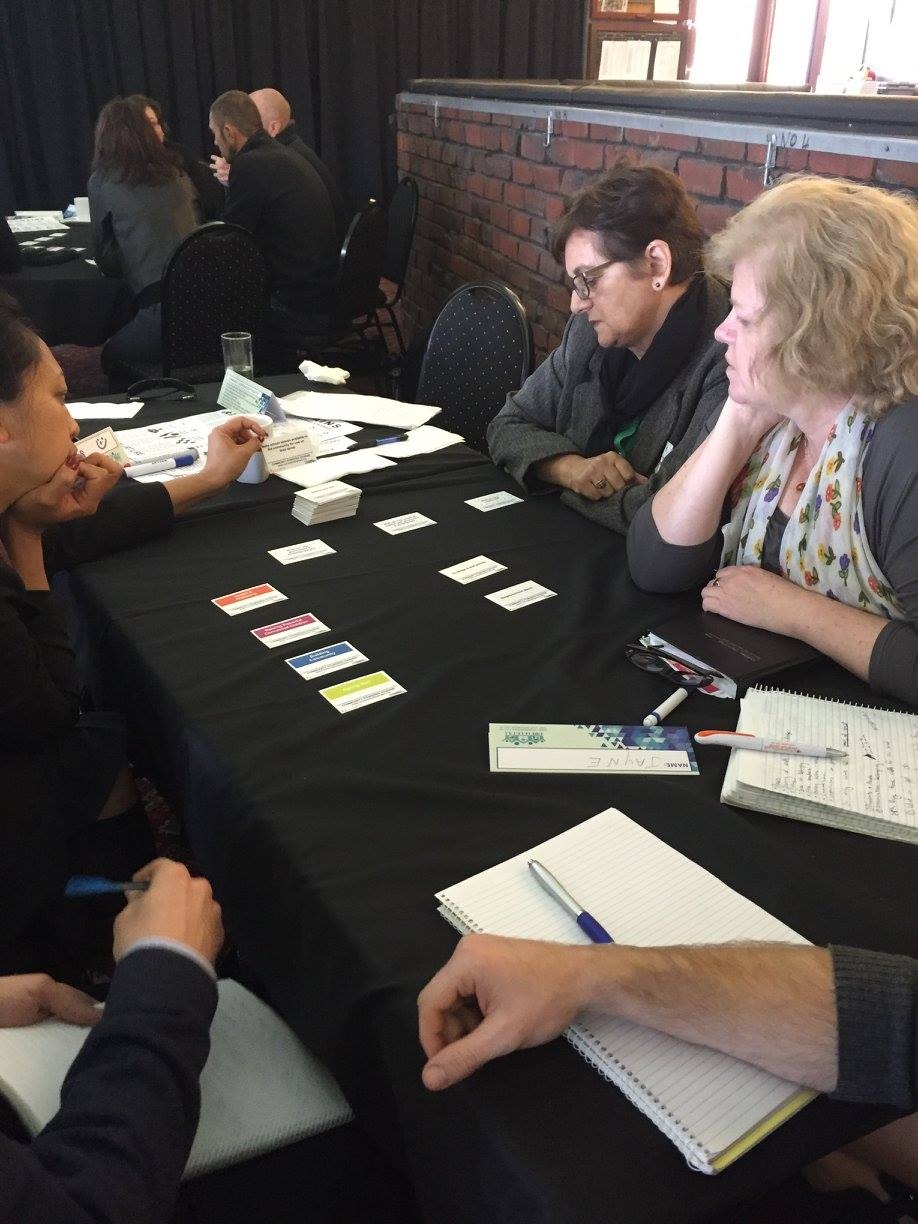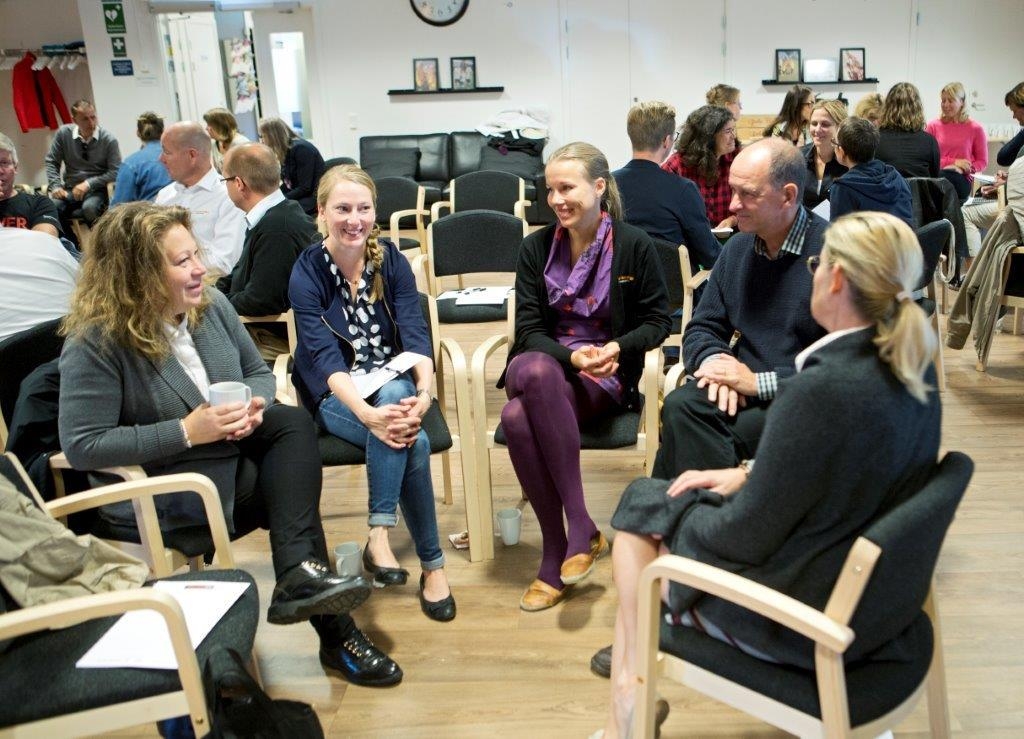We provide a range of training opportunities that can be tailored to any audience. We are very happy to work with you to develop a bespoke training package, but typically we offer the following.
One Day ABCD Workshop
 This training has been designed to bring together the ABCD Institute’s 30 years of community development research in the USA, with Nurture Development’s 20 years of international research and practical experience of community development and pioneering approaches in other strength based work such as TimeBanking & Whole Person Recovery across the world.
This training has been designed to bring together the ABCD Institute’s 30 years of community development research in the USA, with Nurture Development’s 20 years of international research and practical experience of community development and pioneering approaches in other strength based work such as TimeBanking & Whole Person Recovery across the world.
By the end of this dynamic and interactive day, participants will have:
1. Learned about the history of ABCD & the development of the approach.
2. Gained knowledge about community building practice.
3. Improved their confidence to talk about examples of ABCD in action.
4. Identified actions that they could personally take to develop their community building practice.
5. Health & Wellbeing Training Brochure.
Example Agenda for the One Day ABCD Training includes:
Two Day ABCD Workshop
 An initial two-day introductory workshop is offered to highlight Nurture Development’s approach to community building. If, following this, the energy is high and those who attend are keen to continue, we suggest ways the work might proceed.
An initial two-day introductory workshop is offered to highlight Nurture Development’s approach to community building. If, following this, the energy is high and those who attend are keen to continue, we suggest ways the work might proceed.
Before Nurture Development enters into an extended contract, we work with those who are keen to take the next steps to ensure that what happens next is genuinely led by, and respectful of, citizens.
We do so by engaging in a further two day workshop with interested communities and practitioners, i.e. with Community Builders and Connectors, or with those who are at least keen on exploring the roles and possibilities they offer in a local neighbourhood context. We spend two days in their neighbourhood, ideally staying overnight in the neighbourhood in question and work our way through the following suggested process.
Day One – ABCD in Action
 1. Describe the crossroads that brought you into this room?
1. Describe the crossroads that brought you into this room?
2. Introduction to ABCD early history: 6 Building Blocks.
3. Small group discussions.
Coffee Break
4. The Helpers challenge, exploring the challenges in relationship between citizenship, community, and the agencies.
5. How will you own these challenges? How will you lead by stepping back?
6. Some useful first steps to consider.
Lunch
7. ABCD in practice: a story or two in order to illustrate – with implications discussed. 8. A brief account of what a Learning Site might look like.
9. Learning Conversations, some input on the importance of a learning conversation in Community Building Work.
10. Closing the day, with questions to take into the community.
· What ABCD-like community building do you care about enough to act upon?
· What practical things do you see yourself doing to advance that interest that you have?
· Who else, not in this room, would join us if you invited them? What might they bring?
· Where else is there energy for this kind of work? How can we find even more?
DAY TWO – GETTING PRACTICE ORIENTED
 1. Group discussion #1: Mapping our Community Building hopes & capacities.
1. Group discussion #1: Mapping our Community Building hopes & capacities.
Learning Conversation centred around the community building gifts of the people in the room: Gifts of the head, heart, hands and feet for community building: what are they? How have you used them in the past, how would you like to use them into the future?
2. Group discussion #2: Dilemmas.
· What needs to happen for you to be able to commit 100% to this effort?
· What would sabotage this effort?
· Who really wants this? You? The Council? The community?
3. Group discussion #3: Where is the welcome, who are the welcomers?
· Who from the neighbourhood are the connectors that you believe would have a welcome for this sort of effort?
· Who is best placed to invite them into conversation and ask for that welcome to be extended?
4. Community Walk #4: Making the invisible, visible. In pairs, go on a community walk and discover as many hidden treasures in the neighbourhood, to include:
· Bumping spaces.
· Connectors.
· Associations.
· Gift givers and receivers.
· People and places at the edge.
5. A few thoughts (from examples above) on how trust develops, or collapses.
6. What next: Searching forward for some practice next steps.

